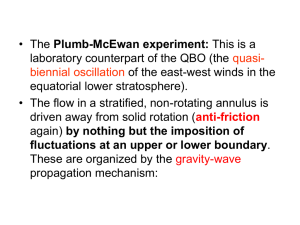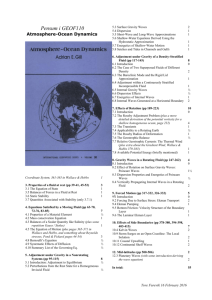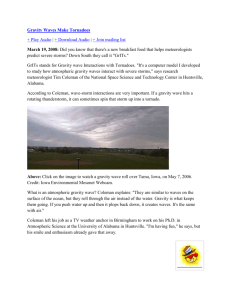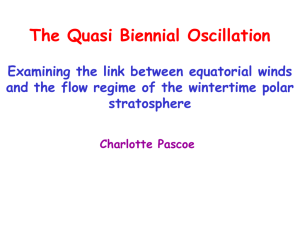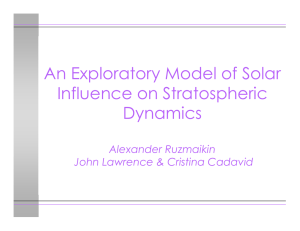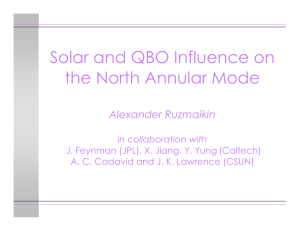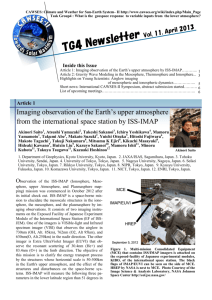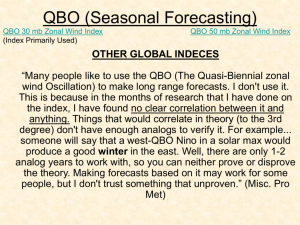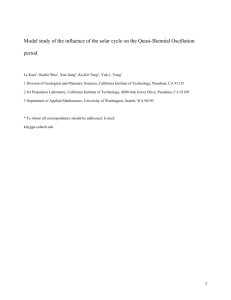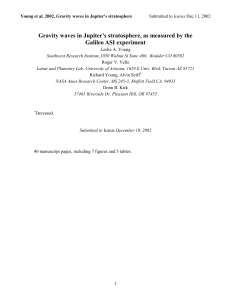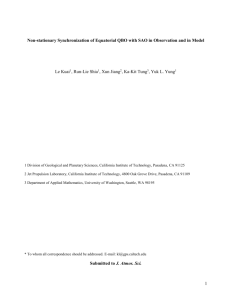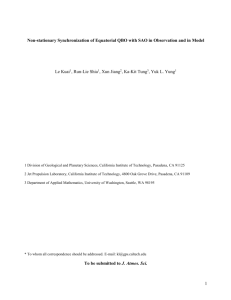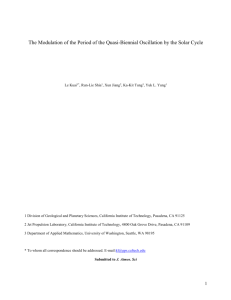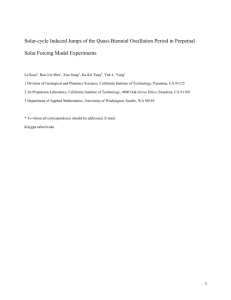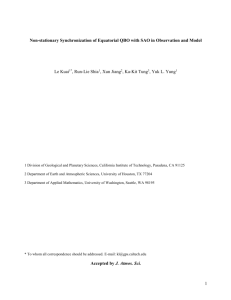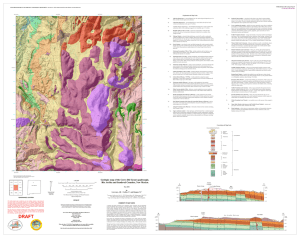Solomon_QBO
advertisement
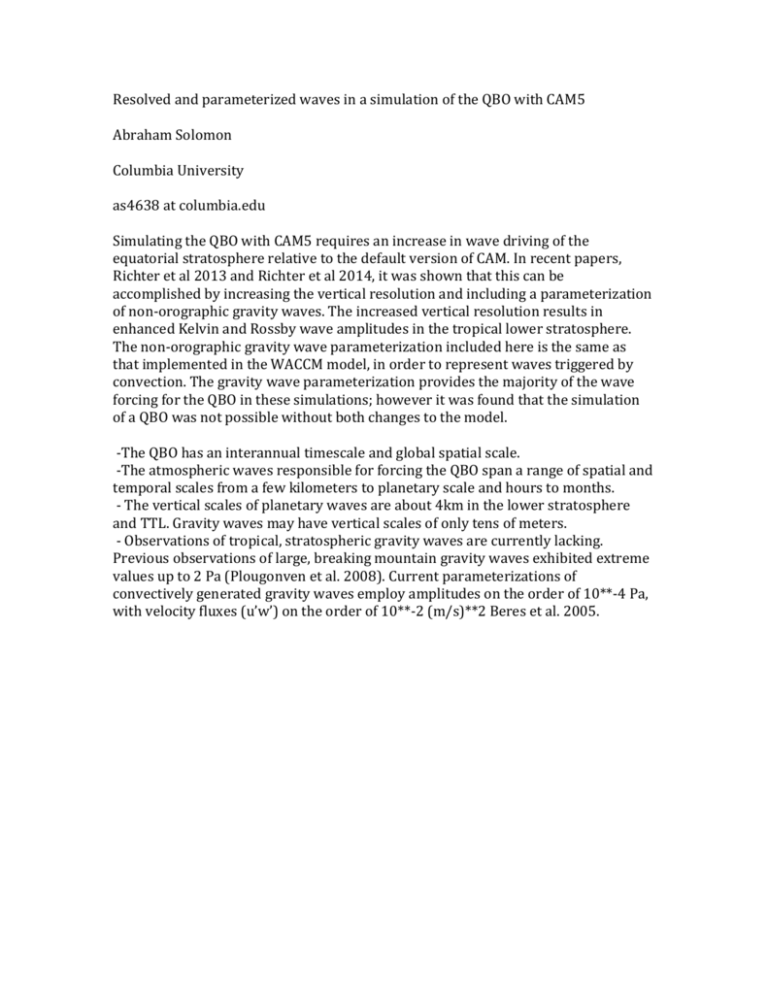
Resolved and parameterized waves in a simulation of the QBO with CAM5 Abraham Solomon Columbia University as4638 at columbia.edu Simulating the QBO with CAM5 requires an increase in wave driving of the equatorial stratosphere relative to the default version of CAM. In recent papers, Richter et al 2013 and Richter et al 2014, it was shown that this can be accomplished by increasing the vertical resolution and including a parameterization of non-orographic gravity waves. The increased vertical resolution results in enhanced Kelvin and Rossby wave amplitudes in the tropical lower stratosphere. The non-orographic gravity wave parameterization included here is the same as that implemented in the WACCM model, in order to represent waves triggered by convection. The gravity wave parameterization provides the majority of the wave forcing for the QBO in these simulations; however it was found that the simulation of a QBO was not possible without both changes to the model. -The QBO has an interannual timescale and global spatial scale. -The atmospheric waves responsible for forcing the QBO span a range of spatial and temporal scales from a few kilometers to planetary scale and hours to months. - The vertical scales of planetary waves are about 4km in the lower stratosphere and TTL. Gravity waves may have vertical scales of only tens of meters. - Observations of tropical, stratospheric gravity waves are currently lacking. Previous observations of large, breaking mountain gravity waves exhibited extreme values up to 2 Pa (Plougonven et al. 2008). Current parameterizations of convectively generated gravity waves employ amplitudes on the order of 10**-4 Pa, with velocity fluxes (u’w’) on the order of 10**-2 (m/s)**2 Beres et al. 2005.
